Indoor Herb Gardening for Beginners

It’s time to start your own indoor DIY herb garden. But no matter the season or whether you’re a beginner or a novice, we’ve got great tips for you to start an amazing year-round indoor herb garden.
Now, not all of us have that lucky green thumb when it comes to taking care of plants. No need to worry, we’ve got you covered with these simple tips and tricks to succeed at growing an amazing herb garden at home. It’s not as difficult as it may seem… We promise.
Herbs are amazing. They have endless health benefits and are used for so many different things such as medicinal purposes, cuisine, aromatherapy, and more.
Think of hundreds of years ago when there were no chemical-based medications. They used herbs to create tinctures and other natural remedies to aid in alleviating pain, curing diseases, and improving health.
Many herbs have countless vitamins, minerals, antibacterial and antiviral properties that help to heal your body and boost your health!
Take parsley for example – parsley is fantastic for kidney cleansing and detoxifying your liver by pushing out the salt and other toxins from things like pesticides, that can be harmful to your health over a long period of time. It is also rich in Vitamin A and Vitamin C, which helps boost your immune system, eye health, and much more.
Convenience: One of the best parts of growing your own herbs is convenience. Having your own indoor herb garden means that you have a year-round growing season and the herbs are always available for whatever you need! Whether for food, home remedies, or to add a bit of color to brighten your kitchen – they are a perfect addition to any home.
Flavor Food and Drink: And of course to flavor food and drink! I absolutely love being able to pick fresh herbs right off the stem from my kitchen window and add them to any dish.
So, just to throw it out there, dried herbs and fresh herbs add a different taste to dishes. Dried herbs tend to have a stronger flavor and obviously longer shelf-life. Fresh herbs are best to add at the end of cooking a dish, especially when using heat to keep the flavor. For example, when making pasta sauce, if you’re going to add some fresh oregano or basil, you’ll want to toss it in at the end so it doesn’t shrivel up and get mushy.
Boost Health: Although you’d have to eat a ton of herbs to see major results of health benefits, even adding the smallest bit and adding them to your meals does help to boost the health content of what you eat. Keeping them indoors also promotes cleaner air by absorbing bad compounds through their roots and leaves.
A New Hobby: Once you see your herbs beginning to sprout, it is so exciting! You feel accomplished and a greater connection with nature. There’s something special about learning to take care of plants. When you enter my kitchen – It looks like a crazy plant lady lives here!
There are so many options, so think about some of your favorite recipes. You can add different herbs to almost anything, or just grow them for fun! Some of our favorites include basil, cilantro, chives, oregano, lavender, thyme, and rosemary. We have all of these growing in our kitchen right now. Basil and Cilantro are what we use the most and have a few small pots of each so that we never run out.
You have a few options when it comes to growing herbs indoors.
You can start from seeds that can have quite a long germination period ( the time it takes for the seedlings to sprout) or you can purchase young plants from a local greenhouse.
We suggest trying both methods! Test your skills to see how you do with buying baby plants and learning to nurture, trim, and harvest them while you’re waiting for your seeds to come to life!
First things first…
Decide where you want to keep your herbs: We suggest an active room so you don’t forget about them. You’ll need a place with a lot of sunshine. It doesn’t have to be your kitchen, just a place where they get enough light.
Containers: What are you going to keep your plants in? You can use clay pots, mason jars, teacups, anything! We recommend using a planter pot with a saucer to start. It will help you monitor the amount of water your herbs are getting and how much they need. Each herb is going to be different but they’ll let you know by allowing the roots and dirt to soak up the water or they’ll spit it out in the saucer if they don’t want it.
Soil: Organic soil is good for growing indoor herbs because it is higher in nutrients than regular soil and doesn’t contain a lot of the pesticides other farmers use. We like using FoxFarm for both soil and plant food. You can get it here!
Planting: Read the packets to determine how to sow the seeds (how deep to plant) if you choose to start your plants from seedlings. If you choose to purchase baby plants from a local greenhouse, you can ask the owner what they recommend, but most of the time you can transfer the entire plant including dirt to your pot and add more to fill in the spaces. Making sure to always get the roots planted.
You need to keep up with pruning your herbs so they will keep growing and producing new leaves. Some herbs do okay in the fridge for a few days in a damp paper towel, you can dry them and store in a ziplock bag, or you can freeze them in an ice cube tray so that they are still fresh when you thaw them out to add to a dish. You never know when you’ll need them and there’s no need for them to go to waste.
Check out our website for simple recipes to try using your favorite herbs from your indoor garden!
Enjoyed the project?

Comments
Join the conversation
-
 Kim Perry Craig
on Aug 31, 2020
Kim Perry Craig
on Aug 31, 2020
I will try this, as I built a beautiful sunroom/Florida room that is all windows! Wish me luck!!
-



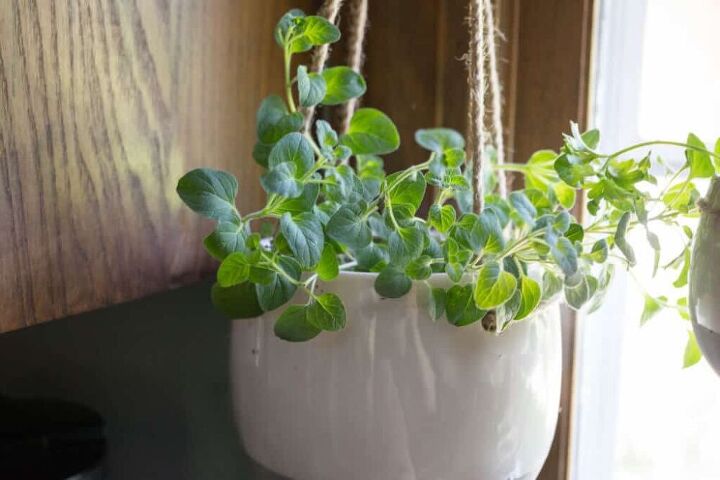












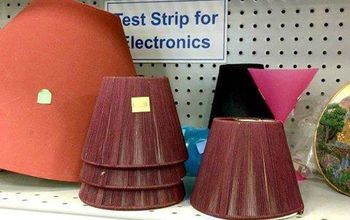






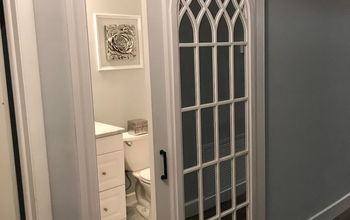







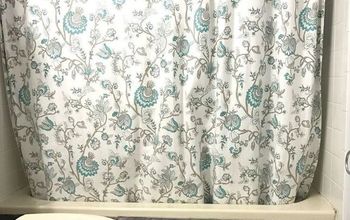

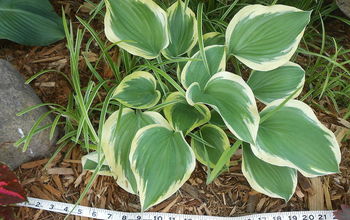
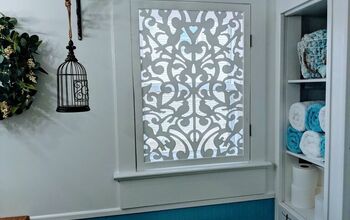
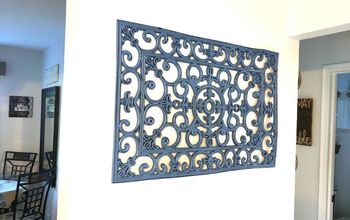
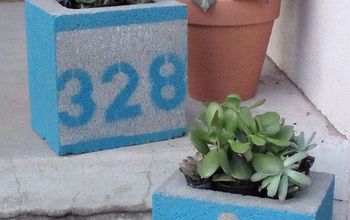

Frequently asked questions
Have a question about this project?